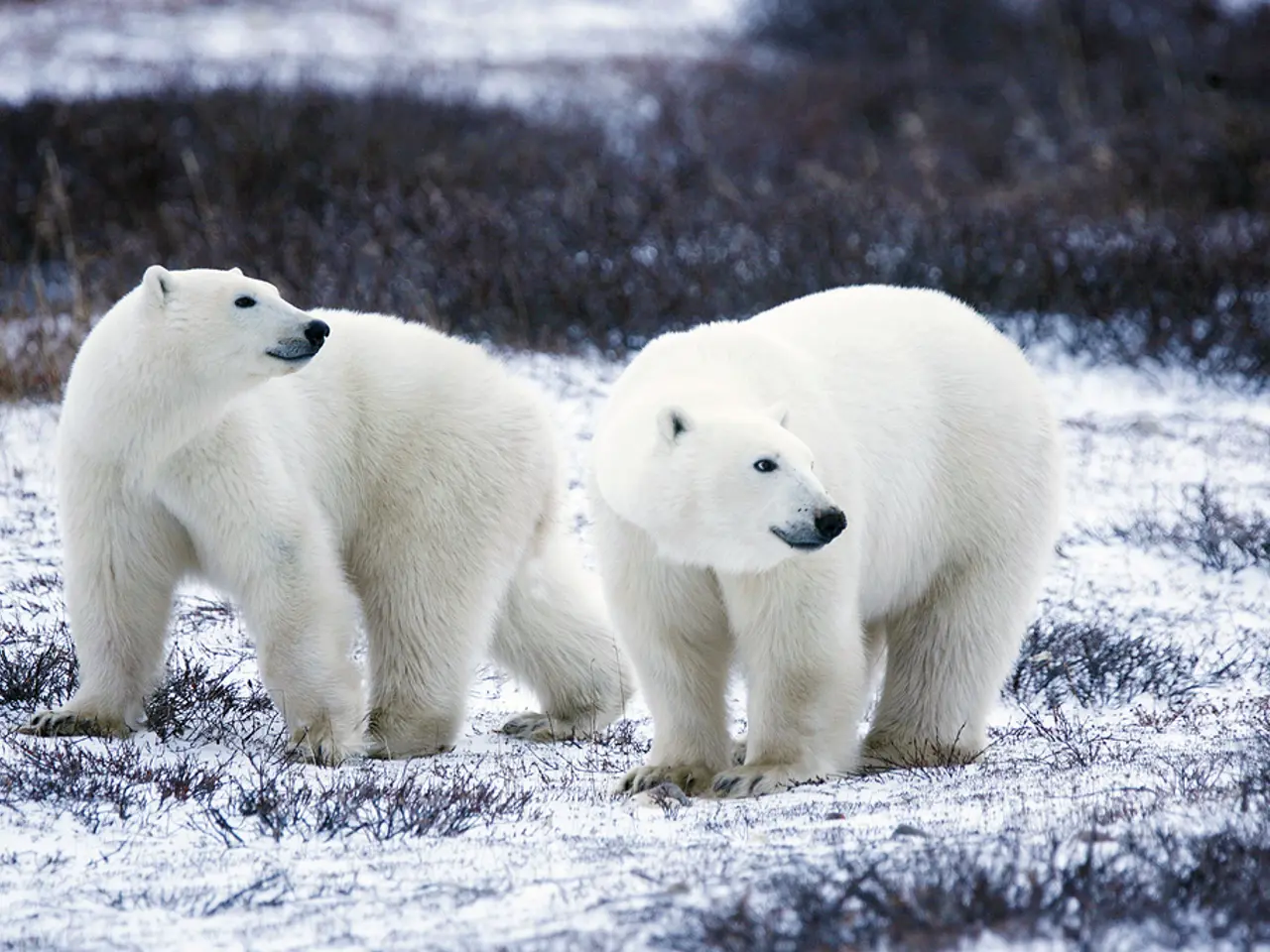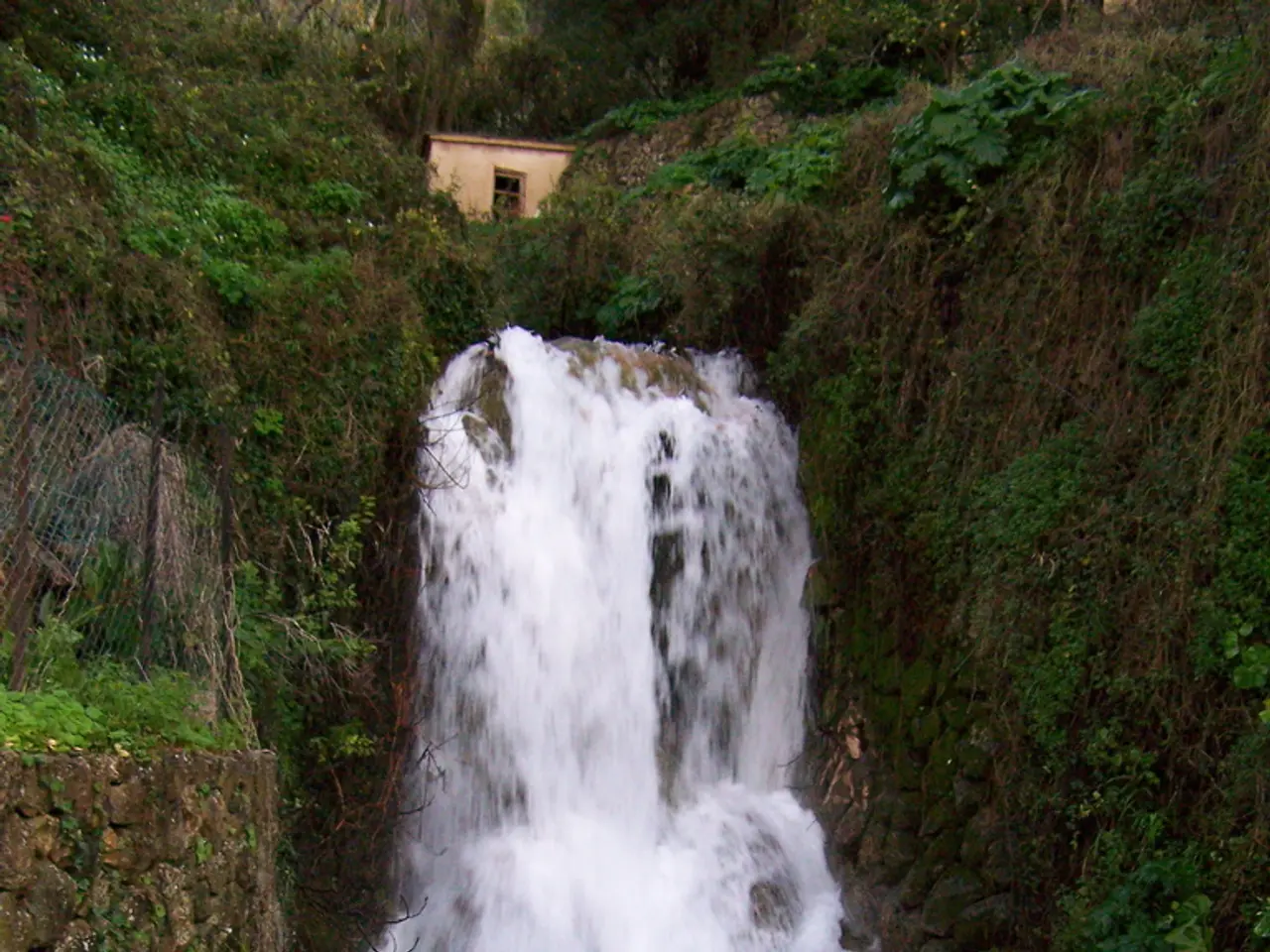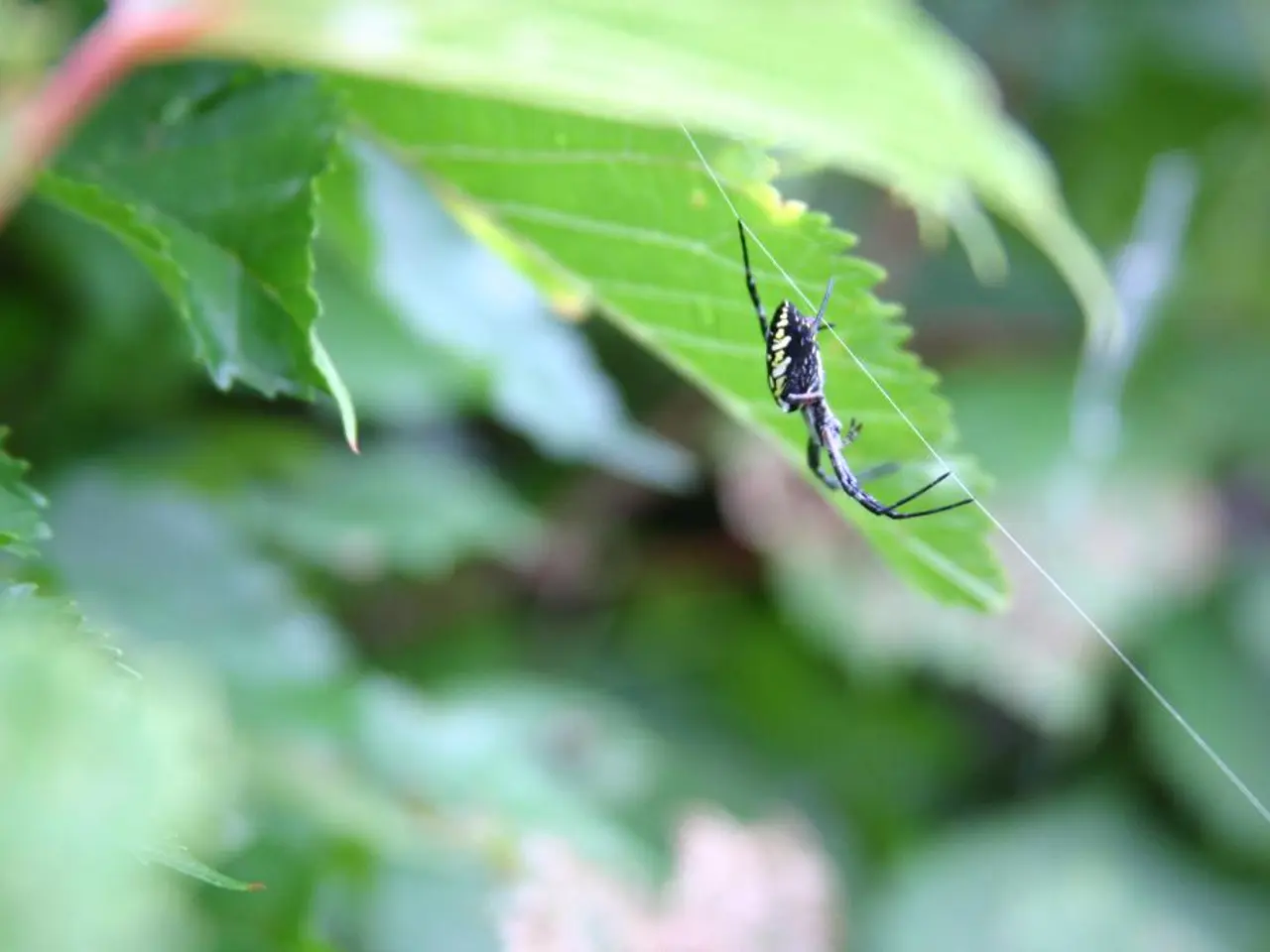Changing Winter Conditions Impacting Various Aspects
Warmer winter temperatures in the United States have had diverse impacts on agricultural industries across different regions, influencing crop cycles, livestock productivity, and environmental conditions.
### California The warming winter temperatures have led to earlier snowmelt and declining snowpack in the Sierra Nevada, crucial for water supply. This causes reduced water availability for irrigation, a major challenge for the Central Valley, a key fruit and vegetable growing area. The warming also increases the risks of large wildfires, which threaten crops, farmland infrastructure, and air quality. Earlier blooming of flowers alters growing seasons and may disrupt pollination and crop yields. Drought conditions, exacerbated by warmer winters, continue to stress agriculture despite extensive irrigation infrastructure.
### Southeast and Gulf Coastal Plain These regions benefit from a long frost-free season and ample rainfall, allowing expansion of winter vegetable farming. Warmer winters can extend growing seasons for crops like cotton, tobacco, and citrus fruits, potentially increasing yields. However, it may also increase pest pressure and require adaptation in crop management.
### Northeast and Midwest Warmer winters have complex effects on livestock, especially dairy. In the Northeast, a recent heat wave reduced milk production, but prior warmer periods have occasionally boosted early-season milk output. In the Midwest, summer heat reduces cow comfort, negatively impacting milk production, and causing some cheesemakers to experience production disruptions. For crops, warmer winters can mean fewer frost days, potentially allowing for longer growing seasons but also risking earlier emergence and vulnerability to late frosts.
### Mountain West and Texas Higher winter temperatures reduce snowpack in mountainous regions, leading to earlier runoff and potential water shortages during the growing season. Texas benefits agriculturally from warm Gulf air supporting citrus and winter vegetable farming in subtropical areas, but also faces challenges from drought and heat stresses.
### Summary Table of Effects
| Region | Warmer Winter Effects on Agriculture | |---------------|------------------------------------------------------------------| | California | Earlier snowmelt, reduced irrigation water, wildfire risk, altered bloom times, drought stress | | Southeast | Longer growing seasons for winter crops, increased pest risk | | Northeast | Mixed impacts on dairy (heat reduces, some early boost), risk to crop timing | | Midwest | Heat stress on dairy cows, production disruptions, longer growing seasons possible | | Mountain West | Reduced snowpack, water shortages, risk to water-dependent crops | | Texas | Supports subtropical crops but faces drought and heat stress |
Overall, warmer winters are reshaping agricultural practices and risks across U.S. regions, requiring adaptive strategies for water management, pest control, and crop and livestock selection to maintain productivity in a changing climate.
In addition, warmer winters are affecting other aspects of the natural world. In Alaska's western coast, thick winter sea ice has been freezing later and shrinking to record lows, allowing strong waves to eat away at land made fragile by thawing permafrost. Warmer winters are also affecting the mosquito species that can carry vector-borne diseases in the Southeast, causing earlier emergence of adult mosquitoes and larger populations surviving throughout the winter. Warmer winters are affecting the ski industry in the Mountain West, with resorts losing valuable days to make their own snow and the trend being for less and less snow.
- The news on climate change has been highlighting the impact of warmer winters on the ski industry in the Mountain West, with fewer snow days and dwindling snowpack affecting resorts' operations.
- The environmental-science community is closely monitoring the situation in Alaska's western coast, where the shrinking winter sea ice has been causing stronger waves to erode land weakened by thawing permafrost.
- The warmer winters have also brought attention to the science behind diseases carried by mosquitoes in the Southeast. Warmer winters have led to earlier emergence of adult mosquitoes and larger winter populations, potentially increasing the risk of vector-borne diseases.
- All these changes are part of the general-news reports on warmer winters and their effects on various aspects of the environment, as science continues to document the far-reaching impacts of climate change.
- In response to the changing winter climate, technology is playing a crucial role in the adaptation of agricultural practices across different regions, from irrigation systems to crop management strategies designed to withstand warmer temperatures and extended growing seasons.








